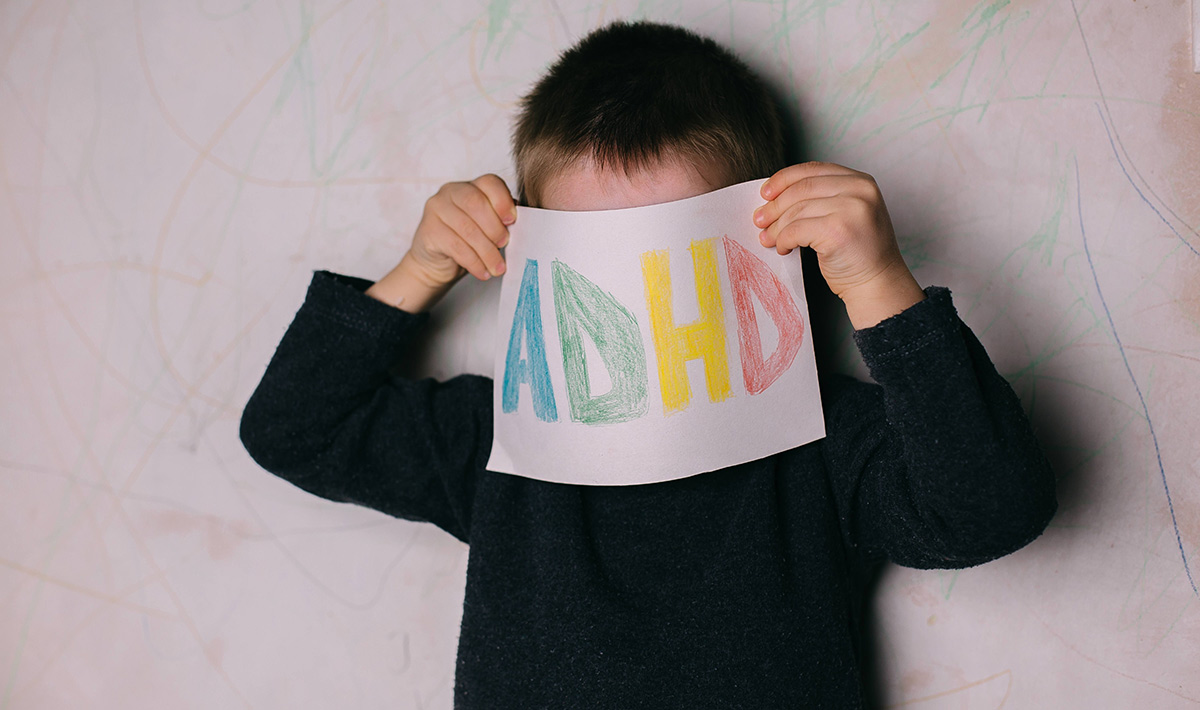The Importance of Special Needs Assessment and Diagnosis at an Early Age
Identifying your child’s learning challenges early makes a lasting difference.
Many Malaysians remain uninformed about mental health and disorders, with misinterpretation, embarrassment, and discrimination still evidently prevalent.
According to the 2019 National Health and Morbidity Survey (NHMS), 424,000 children were found to have mental health issues in Malaysia. Of this, 9.5% of the children were aged between 10 and 15 years, 9.2% were from B40 households, 8.8% comprised rural children, and 8.4% were girls.
Psychologist Katyana Azman of Pantai Hospital Kuala Lumpur cautioned that children with unsupported mental health challenges also show a higher presentation of medical issues.
She said, “Without mental health support, they will start to show problems with their physical health because they stop taking care of themselves. Conversely, if you do not take care of your physical health, your mental health will deteriorate.”
Katyana spoke during a recent free online seminar on “The Importance of Getting a Diagnosis and Moving Forward” organised by Taarana School.
The “common foes” the Pantai Hospital Kuala Lumpur specialist deals with most often when working with young people include:
- Attentional disorders like Attention Deficit Disorder (ADD) or Inattentive Attention Deficit Hyperactivity Disorder (ADHD Inattentive).
- Learning difficulties like Dyslexia, Dysgraphia, and Dyscalculia.
- Speech and language delays where children are not meeting communication milestones.
- Developmental delays like Autism Spectrum Disorder, Global Development Delay, or Pervasive Development Delay.
- Depressive or anxiety disorders – mental health challenges like dysthymia and generalised or separation anxiety disorders.

Katyana suggested the following guidelines for detecting possible mental health issues:
Change
- Environmental or internal
- Sudden or gradual
- Severe enough to affect the child’s functioning
- Pervasive enough to be observable in multiple settings
“You need not focus on mood or academic performance (changes). Instead, simply observe if there have been factors or stressors in the child’s environment that could explain why the change took place.”
Clinical red flags
- When it begins to impact their ability to function at a level they need to.
- When it is pervasive – affecting them in multiple environments and across various contexts.
- When these changes continue to exist for an extended time (consistently upwards of two weeks).
“As a mental health professional, I ask these three questions when I see a client. If you see these criteria appear, the child absolutely needs a diagnosis or an assessment.”
Pathway to diagnoses
- Screening tools are available online for parents and teachers if they have concerns. They do not replace formal assessments but can provide an early indication.
- Psychologists or developmental specialists can conduct formal evaluations. Paediatricians or medical practitioners are a common conduit.
“If you are hesitant to contact a psychiatrist, your doctor should be able to help you out. Services or information are accessible through government and private healthcare facilities, independent clinics, or mental health NGOs/hotlines.”
Benefits of an assessment
- Helps to formulate a plan – for intervention/therapeutic purposes.
- Allows school-aged children access to arrangements or special assistance during major examinations.
- Financial aid and other assistance through disability registration.
- Allows caregivers to better understand what they are up against.
Intervention options
For learning difficulties/developmental delays:
- Behavioural/play therapy.
- Occupational therapy.
- Speech and language therapy.
- Applied Behavioural Analysis (ABA).
- Medication (provides additional support but is not preferred).
For mood and/or anxiety disorders:
- Medicinal/drug-based interventional (psychiatry).
- Counselling/talk therapy (psychology).
Parents can explore numerous options to support their children. “Contrary to widespread belief, Malaysia has caught up quite well with the support we can provide our children,” Katyana added.
She noted that no one treatment approach is superior to the other. For example, medications may show results quicker but are often short-term. Conversely, talk therapy takes longer but works to encourage long-term change.
“The gold standard is a combination of both. If necessary, a child could go on medication and receive therapy. Eventually, the child can be taken off medication, and the therapy techniques would have provided support for long-term change.”
Taarana School provides programmes with social and emotional support for children with, among others, Down syndrome, Attention Deficit Disorder (ADD), Inattentive Attention Deficit Hyperactivity Disorder (ADHD Inattentive), Autism Spectrum Disorders (ASDs), and Dyslexia.
At Taarana, we appreciate that choosing the right school for your child is essential. A step to admission at Taarana involves a speech and occupational therapist and a special needs teacher assessing your child. For more information about the admission process, please click here.

